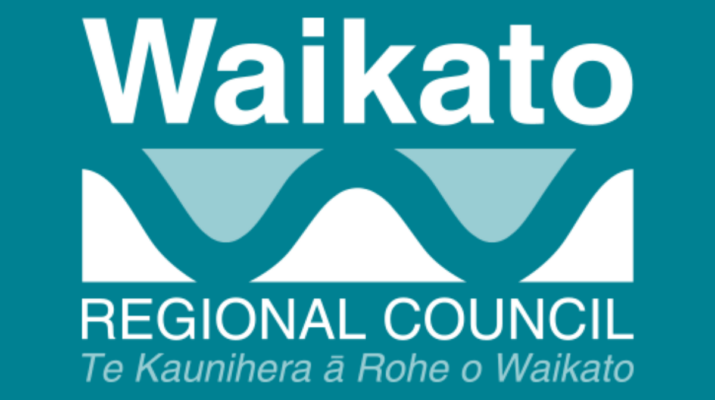Public consultation has opened on the parameters of Waikato Regional Council’s electoral structure.
The council is required to conduct a representation review every six years, with the last review done in 2018. The review is crucial to ensure compliance with the Local Electoral Act 2001 (LEA) and the principles outlined in the Local Government Act 2002 (LGA).
“In the review, council must consider several key factors, including fair representation, effective representation, and communities of interest,” says Pou Tūhono Mali Ahipene.
“Factors such as population data, demographic trends and projected population growth are all considered.”
Currently, Waikato Regional Council representation arrangements consist of 14 councillors, with six general constituencies and two Māori constituencies. In August 2023, the council reaffirmed its commitment to retaining Māori constituencies for electoral processes.
As part of the review, council decided to continue to have 14 elected members, six general constituencies and two Māori constituencies.
“Based on the latest electoral population statistics, however, the Waihou general constituency is over-represented when the +/- 10 per cent rule is applied.”
The Waihou constituency comprises the entirety of the South Waikato and Matamata-Piako districts, Arahiwi (a small area within the Rotorua Lakes district) and part of the Hauraki district.
On 24 April 2024, the council made an initial resolution, where councillors voted 11-1 to modify the boundary of the Waihou constituency to include the Waihi and Paeroa rural areas—currently in the Thames-Coromandel constituency—to meet the requirements for fair representation.
The initial resolution would involve approximately 2400 people from the Thames-Coromandel constituency being incorporated into the Waihou constituency.
“We encourage people living in the Waikato region to go to our website to read more about what we’re proposing and share their views,” says Ms Ahipene.
Consultation closes at 5pm on Friday, 7 June 2024.

